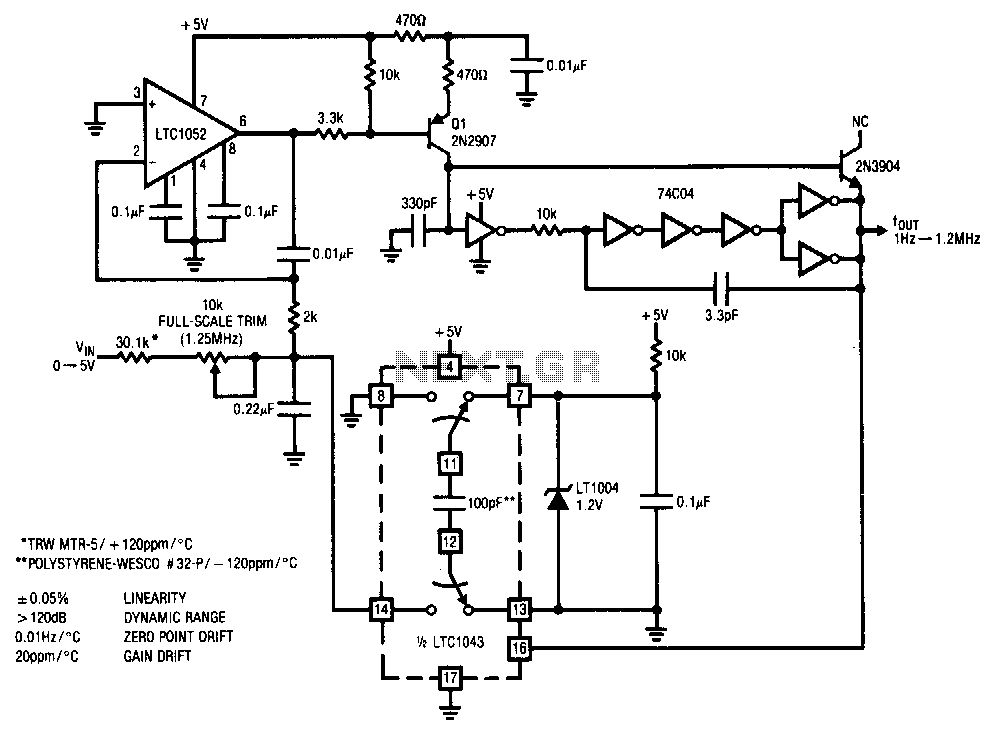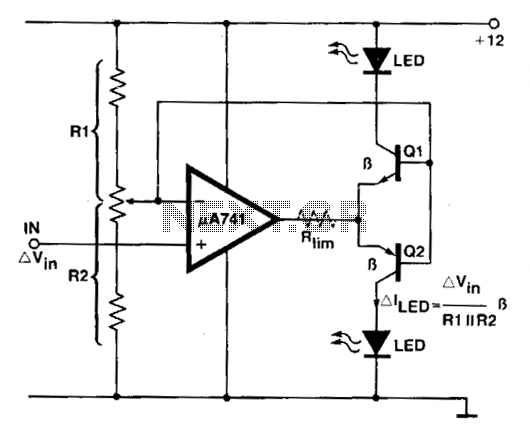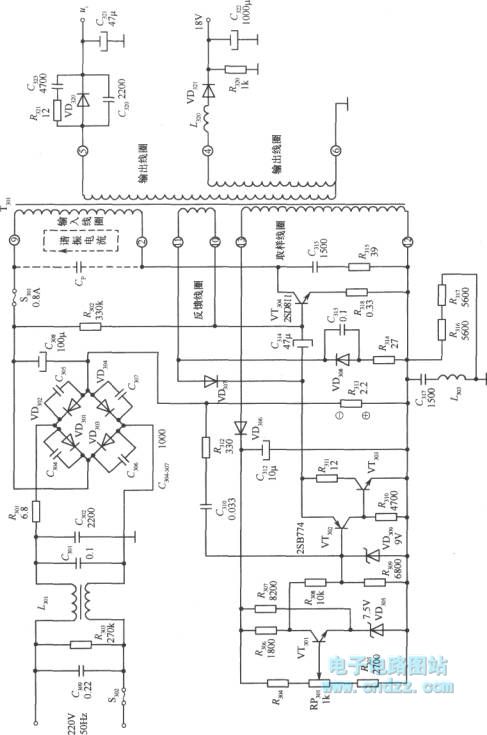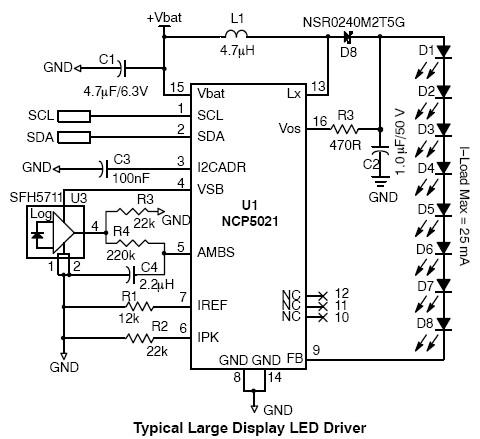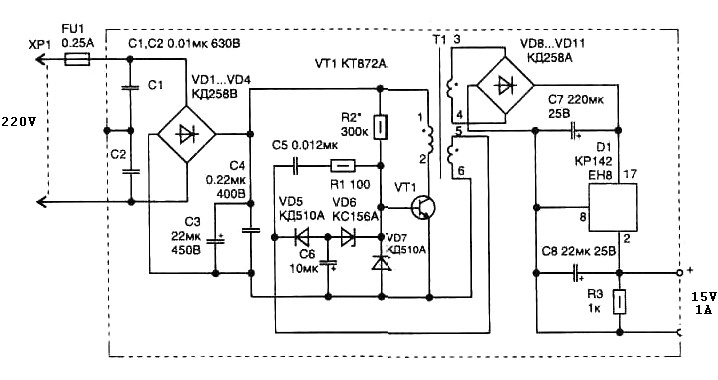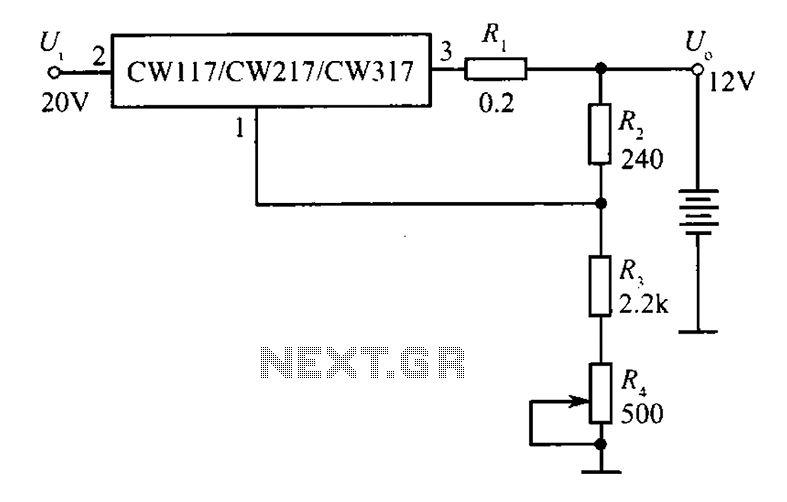
zero voltage switching
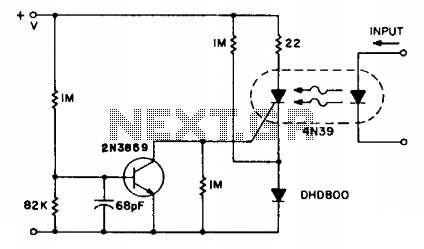
The SCR coupler circuit offers increased sensitivity to input signals as demonstrated. This enables the utilization of the more economical 4N39 (H11C3) with the drive currents exceeding 7 mA provided by the input circuit.
The SCR coupler circuit is designed to enhance the sensitivity of input signal detection, making it particularly advantageous in applications where low-cost components are preferred without sacrificing performance. The 4N39 (H11C3) optocoupler is a notable choice due to its cost-effectiveness and ability to operate efficiently with drive currents greater than 7 mA.
In this configuration, the optocoupler serves as an interface between the input signal and the output load, providing electrical isolation while allowing signal transfer. The circuit typically includes a phototransistor that responds to light emitted from an internal LED, which is activated by the input signal. The sensitivity of the circuit can be adjusted through the choice of resistors and capacitors in the input stage, allowing for optimal performance based on the specific application requirements.
The use of the 4N39 (H11C3) in this circuit is particularly beneficial in environments where cost constraints are a factor. The ability to work with higher drive currents ensures reliable operation in various conditions, making the SCR coupler circuit a versatile solution for signal processing needs. Overall, this design achieves a balance between performance and economy, suitable for a wide range of electronic applications.The SCR coupler circuit provides higher sensitivity to input signals as illustrated. This allows the lower cost 4N39 (H11C3) to be used with the > 7 mA drive currents supplied by the input circuit. 🔗 External reference
The SCR coupler circuit is designed to enhance the sensitivity of input signal detection, making it particularly advantageous in applications where low-cost components are preferred without sacrificing performance. The 4N39 (H11C3) optocoupler is a notable choice due to its cost-effectiveness and ability to operate efficiently with drive currents greater than 7 mA.
In this configuration, the optocoupler serves as an interface between the input signal and the output load, providing electrical isolation while allowing signal transfer. The circuit typically includes a phototransistor that responds to light emitted from an internal LED, which is activated by the input signal. The sensitivity of the circuit can be adjusted through the choice of resistors and capacitors in the input stage, allowing for optimal performance based on the specific application requirements.
The use of the 4N39 (H11C3) in this circuit is particularly beneficial in environments where cost constraints are a factor. The ability to work with higher drive currents ensures reliable operation in various conditions, making the SCR coupler circuit a versatile solution for signal processing needs. Overall, this design achieves a balance between performance and economy, suitable for a wide range of electronic applications.The SCR coupler circuit provides higher sensitivity to input signals as illustrated. This allows the lower cost 4N39 (H11C3) to be used with the > 7 mA drive currents supplied by the input circuit. 🔗 External reference
Warning: include(partials/cookie-banner.php): Failed to open stream: Permission denied in /var/www/html/nextgr/view-circuit.php on line 713
Warning: include(): Failed opening 'partials/cookie-banner.php' for inclusion (include_path='.:/usr/share/php') in /var/www/html/nextgr/view-circuit.php on line 713
